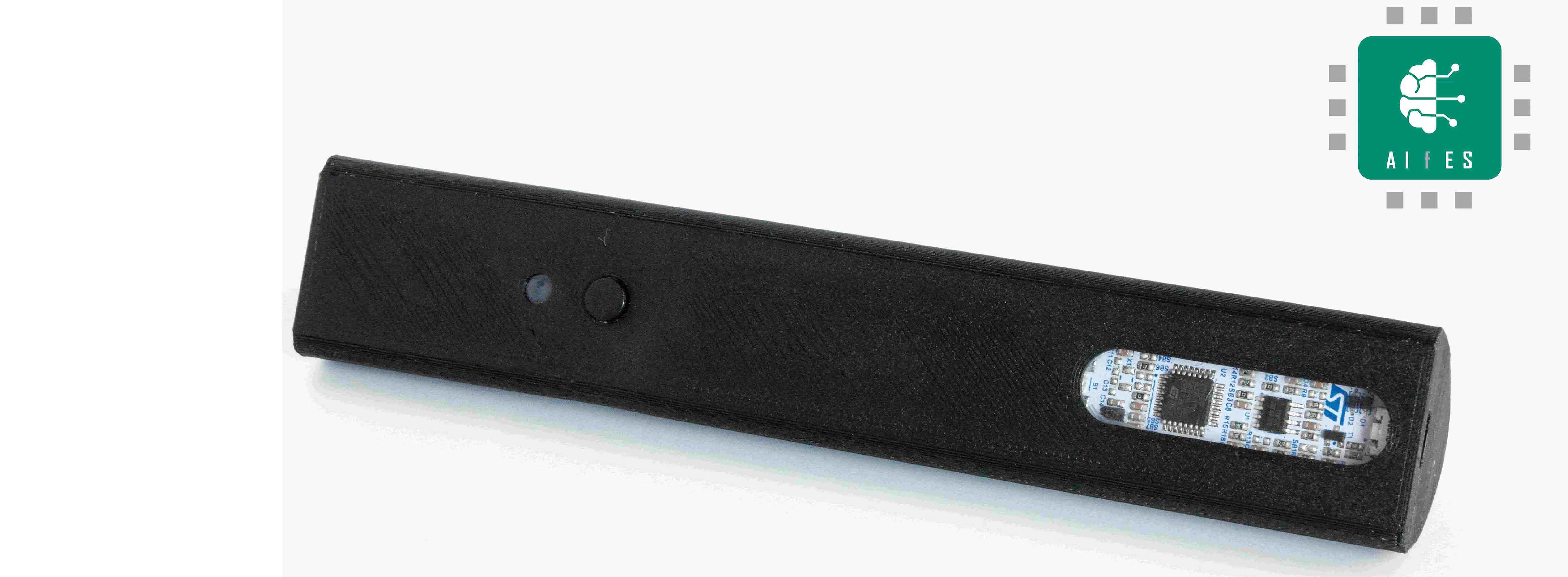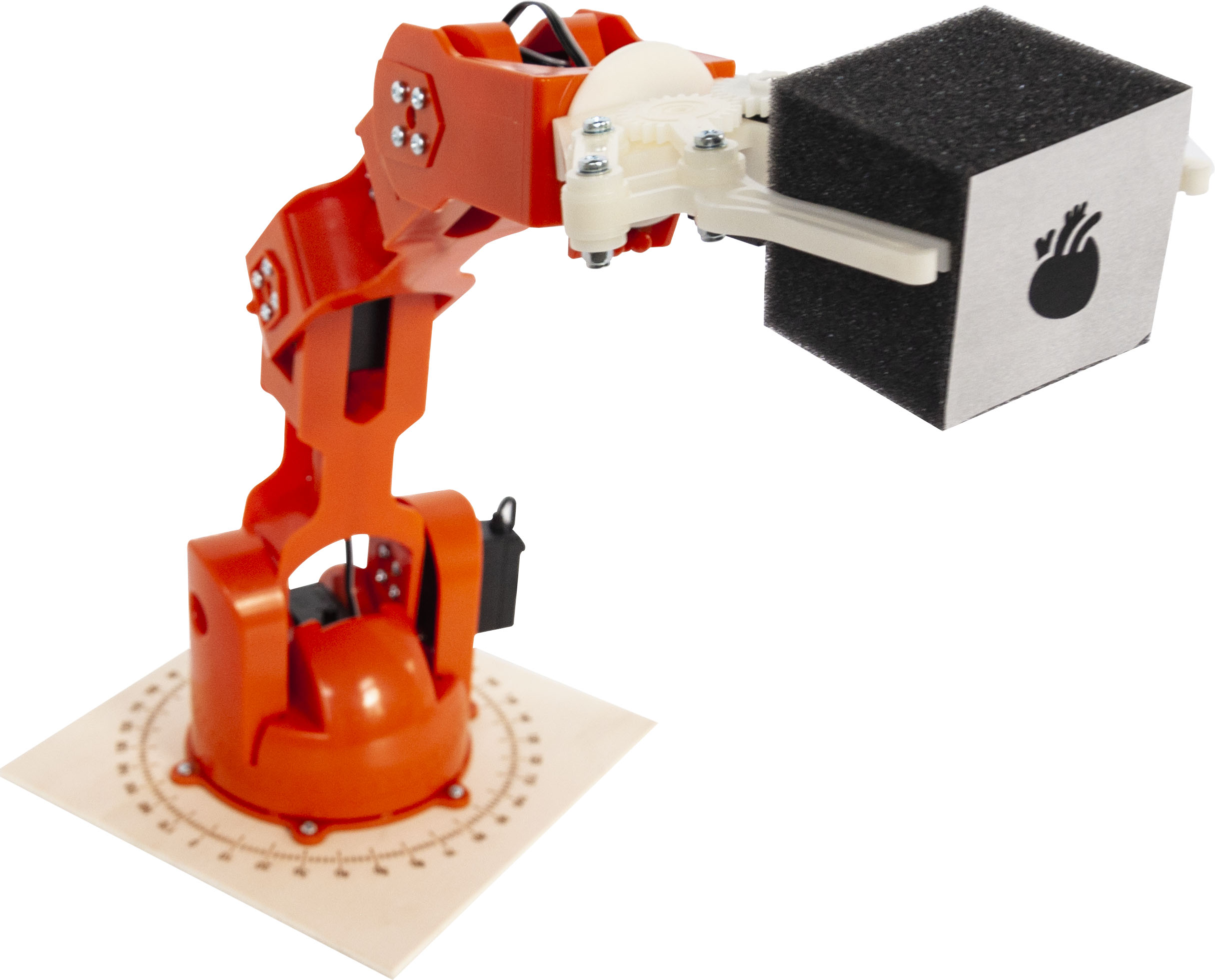Gesture recognition is a variant for the realization of a user interface for the operation of a technical system or device. Instead of keyboard input or voice input the user makes certain movements with his arms, hands or head which are interpreted by the technical system as control commands. Gesture control works absolutely noiselessly and without contact and can therefore be a suitable operating technology for special applications. Of course, the gestures used to control a system must be clearly distinguishable from one another and the recognition algorithm must be tolerant enough to ensure that the gestures are clearly and reliably recognized and interpreted despite the tolerances and deviations in execution by the users.
The recognition of gestures is therefore predestined for the use of artificial intelligence in which the movements detected by suitable sensors are first trained as part of a learning process before they are actually used. In principle, image sensors that capture the gestures performed and evaluate them via image or video analysis are suitable sensors. Equally suitable are 3D MEMS sensors that measure accelerations and rotation rates when they are fixed to the relevant part of the body or simply held in the hand during the execution of the gestures.

